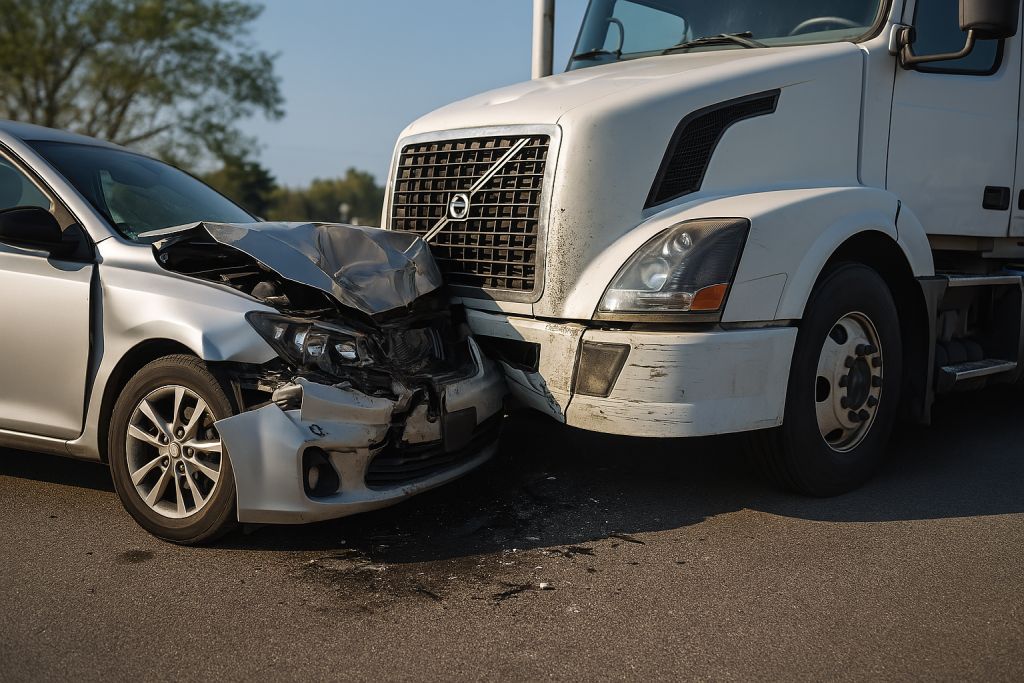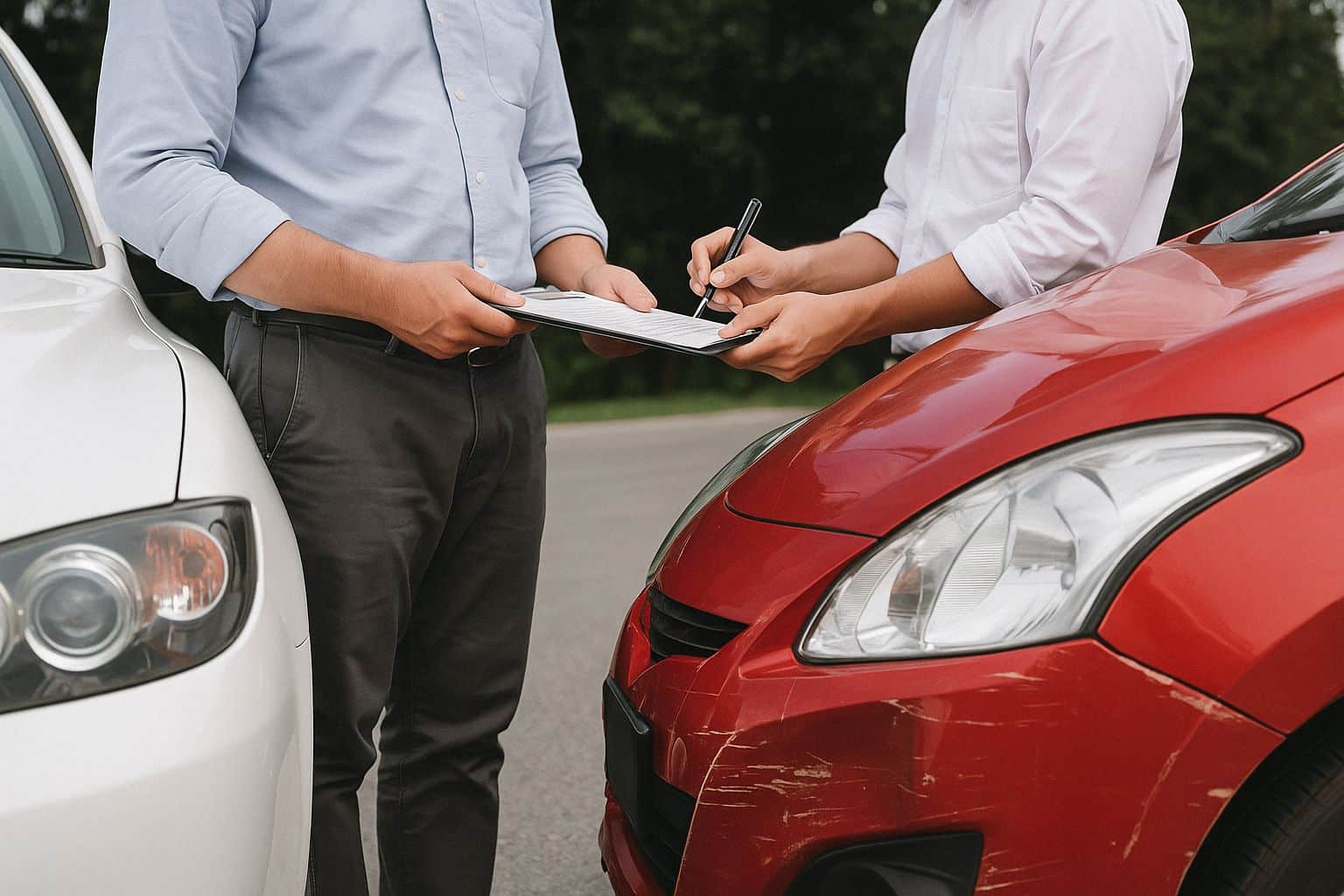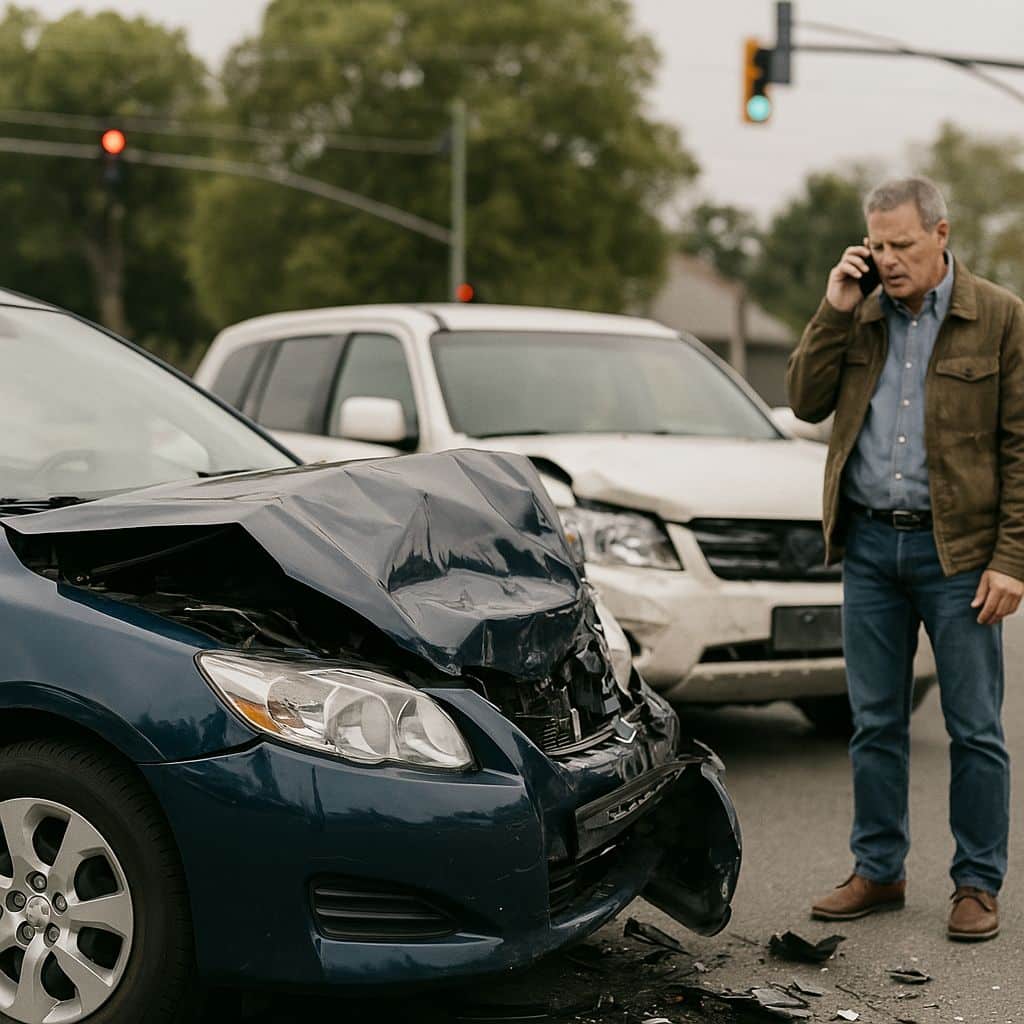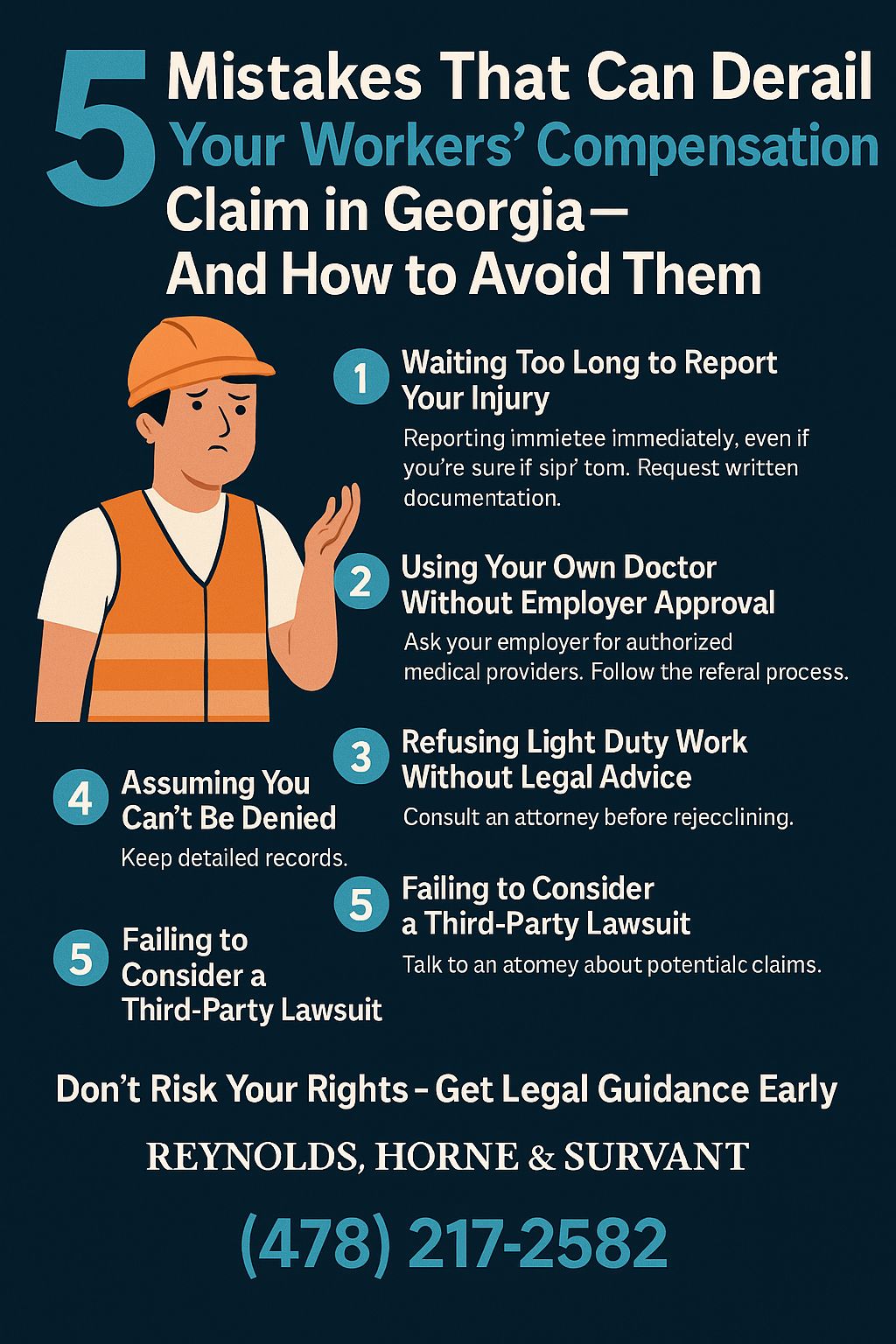When a passenger car and a commercial truck collide, the aftermath is rarely minor. But the factors that lead to these crashes are often misunderstood. This article isn’t about textbook violations or clichés you’ve read a hundred times—it’s about real-world behaviors, overlooked decisions, and shared road dynamics that contribute to devastating truck-related accidents. Whether you’re navigating I-75 through Macon or merging near an industrial park in Bibb County, here’s what really puts drivers at risk—and what needs to change.
1. Misjudging Stopping Distance and Weight Transfer
Most drivers don’t realize how long it takes a fully loaded truck to stop. When cars dart in front of 18-wheelers expecting them to brake like sedans, they’re gambling with lives. It’s not just about speed—it’s physics. Truck braking systems, especially on inclines or in wet weather, respond differently. Many accidents begin with a simple miscalculation: one that gives the truck driver no time to react.
2. Lane Drift and Blind Spot Overlap
Cars hovering alongside a truck’s right rear quarter panel may be entirely invisible to the driver. Yet drivers often pace trucks in these zones out of habit, unaware they’re sitting in a blind spot. Add a sharp lane change from either vehicle, and sideswipes or rollover risks spike. The common cause here isn’t aggression—it’s misalignment, literally and figuratively.
3. Poor Communication Between Vehicles
Most truck accident cases our firm reviews involve missed cues—flickers of a signal that didn’t get noticed, brake lights that weren’t respected, horns that came too late. When communication fails between vehicles, especially at high speeds, the consequences are magnified. Trucks require space, clarity, and time. A delayed response becomes a disaster waiting to happen.
4. Driver Fatigue and Split-Second Decisions
Fatigue isn’t exclusive to truckers. Long-distance drivers, commuters, and delivery app workers often push their limits too. One driver cuts off a semi to make an exit; another misreads the truck’s turning arc at an intersection. Many of these crashes aren’t due to recklessness, but exhaustion—by people on both sides of the steering wheel.
5. Weather, Road Conditions, and Infrastructure Gaps
Georgia’s roadways, especially around rural delivery routes and downtown detours, aren’t always truck-friendly. Narrow lanes, fading line markings, sharp curbs, and limited turning radii create trap zones. It’s not just negligence—it’s design failure. Many “avoidable” accidents happen where infrastructure hasn’t evolved for the vehicles that use it.
6. Inexperience Around Trucks
Passenger vehicle drivers aren’t trained to share the road with multi-ton commercial vehicles. Most have never been taught how wide a truck’s turn actually is, or how easily turbulence from a trailer can destabilize a small sedan. A truck doesn’t have to be speeding to be dangerous; it simply has to be misunderstood.
Why This Matters—And What You Can Do
Most truck-related accidents involve a cascade of small moments—not one clear villain. If you’ve been injured in a crash involving a commercial truck, understanding these common causes helps frame your legal response. It also helps distinguish between unavoidable risk and provable negligence.
At Reynolds, Horne & Survant, we’ve seen how these cases unfold. We know how to investigate fault beyond surface-level reports—using traffic forensics, driver logs, maintenance records, and route data to uncover the full story. Whether you were driving the car, riding as a passenger, or hit as a pedestrian, you deserve to know why it happened—and what happens next.
Get Legal Guidance From Macon Attorneys Who Understand Trucking Cases
Don’t face trucking companies or insurance carriers on your own. If you’ve been injured in a car accident involving a truck in Macon or anywhere in central Georgia, speak with a legal team that’s handled these exact scenarios.
📞 Call (478) 217-2582 now for a free consultation with attorneys who know Georgia’s trucking laws and how to hold negligent operators accountable.






